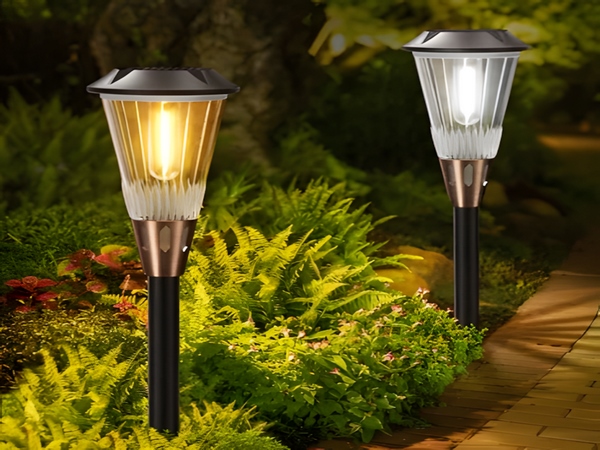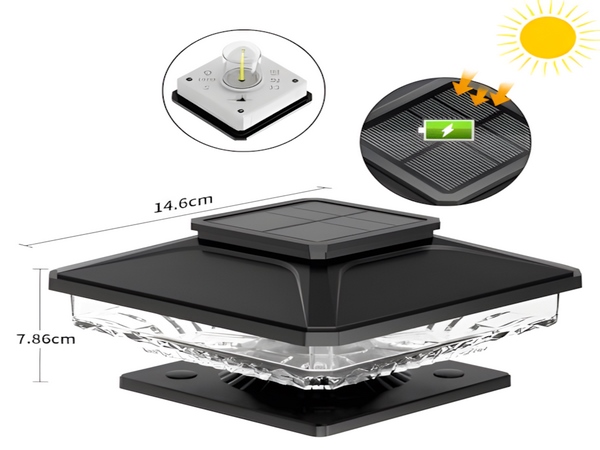

With the advancement of technology, modern street lamps are increasingly using solar photoconversion, achieving energy efficiency, safety, and convenience. They are equipped with solar street lamp controllers, which utilize microprocessors for intelligent charge and discharge control, employing high-quality, low-loss, long-lasting components to ensure reliable performance. This enables the solar street lamp system to function properly for extended periods, thereby reducing maintenance costs. So how can continuous illumination of solar street lamps be ensured? Below is an introduction from Century Sunshine Lighting’s editor.
How to ensure the continuous illumination of solar street lamps?
1. Placement of solar panel
The orientation of solar panels must be correctly set. Many factories place solar panels horizontally to save effort, resulting in a 15%-20% reduction in power output. Adding additional decorations on the surface will further decrease power output. The placement of solar panels should be adjusted based on local seasons, direct sunlight points, and light angles. The angle of solar panels directly influences nighttime illumination and should avoid areas with dense trees and buildings that obstruct sunlight absorption. Regular cleaning of leaves and debris on solar panels is essential to prevent damage caused by the heat island effect.
2. Placement of the battery
The solar battery is the core of the entire solar street lamp system, determining the longevity of its operation. Thus, its placement should be ventilated, waterproof, and theft-proof. Normally, batteries are placed in underground boxes typically positioned beside specially constructed concrete pools near the lamp post. Nowadays, maintenance-free batteries are commonly used for convenience, requiring little to no maintenance. Some solar street lamps position the battery in a box at the base of the lamp pole for easy disassembly, allowing regular checks of charging conditions and corrosion of connections. However, frequent disassembly can impact the battery’s lifespan.
3. Regular inspection and maintenance of controllers and light control devices
The solar street lamp controller has three indicator lights representing its operating status: idle, charging, and discharging. By observing these indicator lights, one can assess the corresponding operational status. To ensure the continuous operation of the solar street lamp, strict monitoring of the controller and light control devices is essential, with inspections conducted weekly.
During thunderstorms or strong winds, it is crucial to inspect solar panels for displacement and check for water intrusion in the control room and battery compartment. Any such issues should be addressed promptly.

The above information on ensuring the continuous illumination of solar street lamps concludes here. We hope this article is helpful. If you have any further inquiries regarding solar street lamp solutions, feel free to leave a message for the editor. We look forward to discussing these topics with you!



